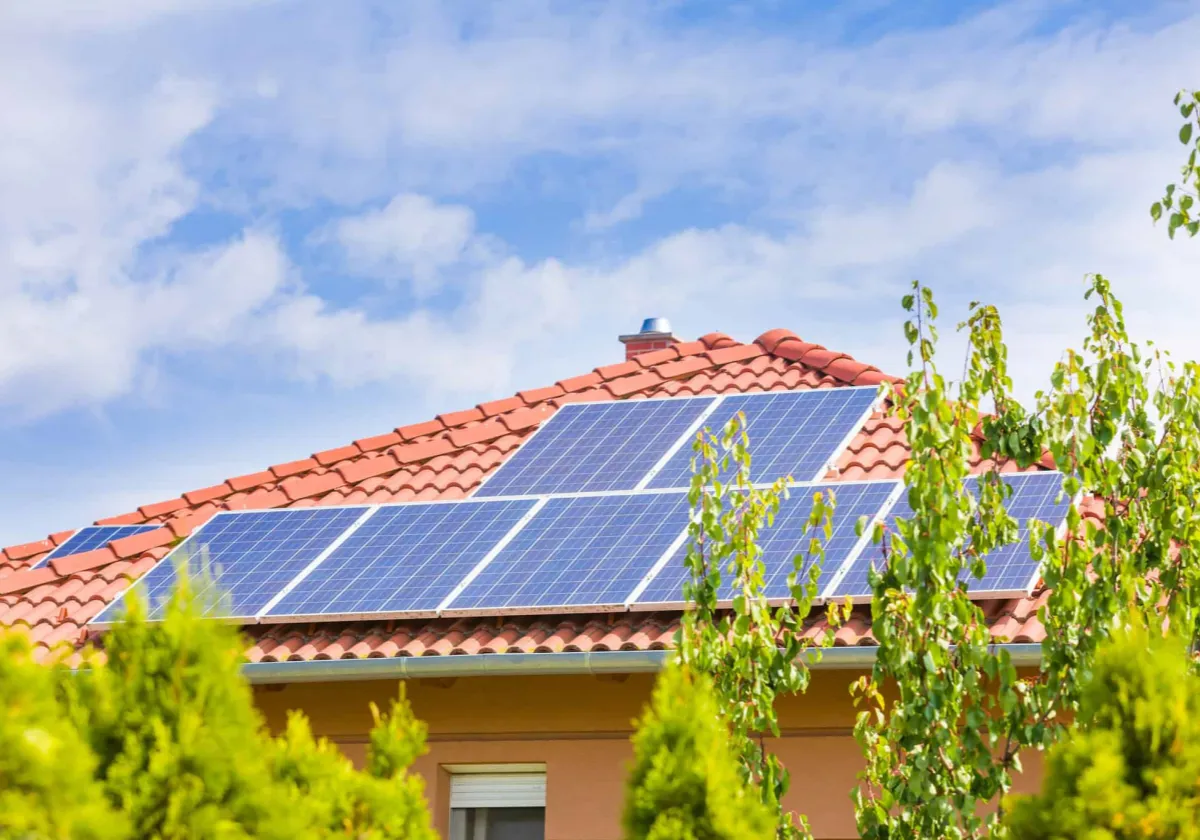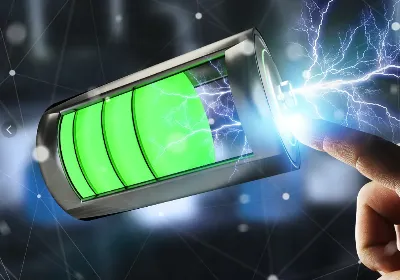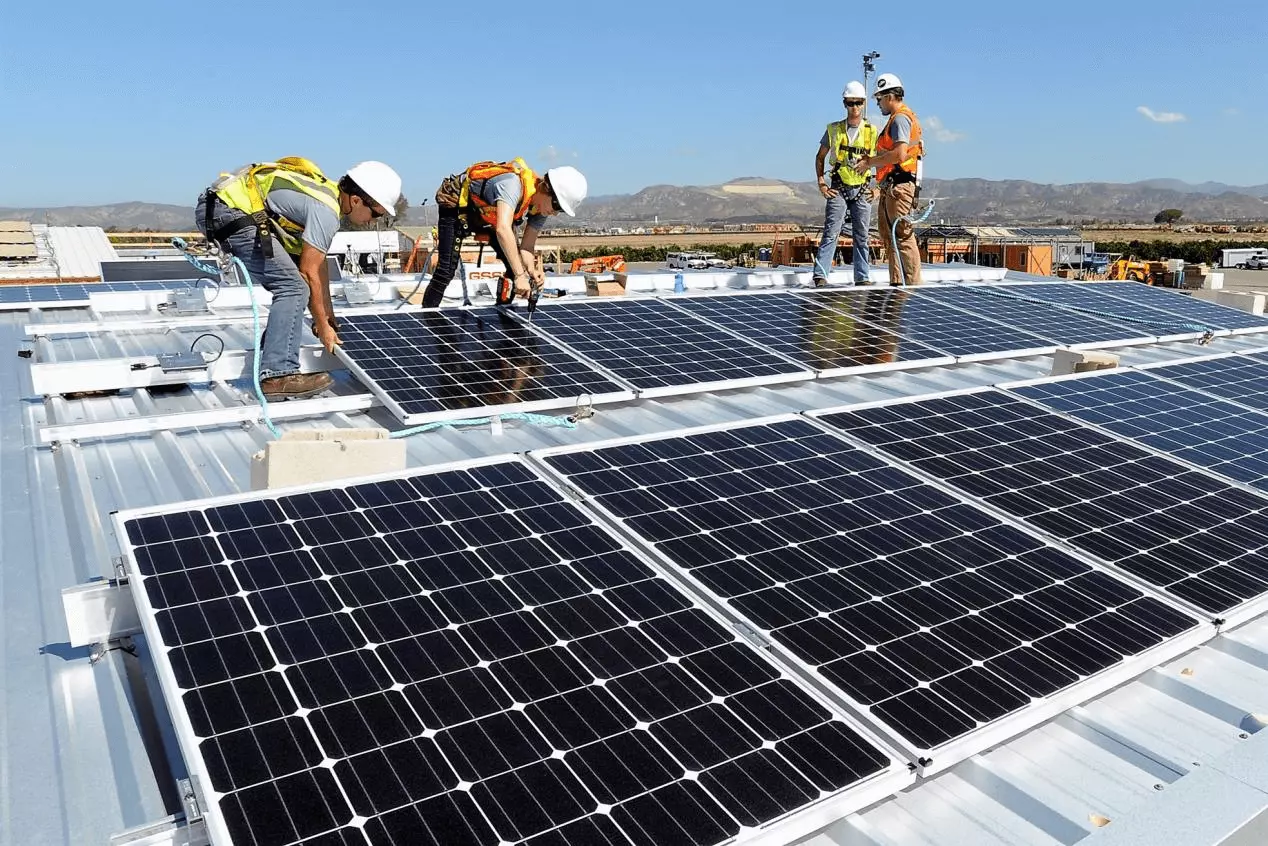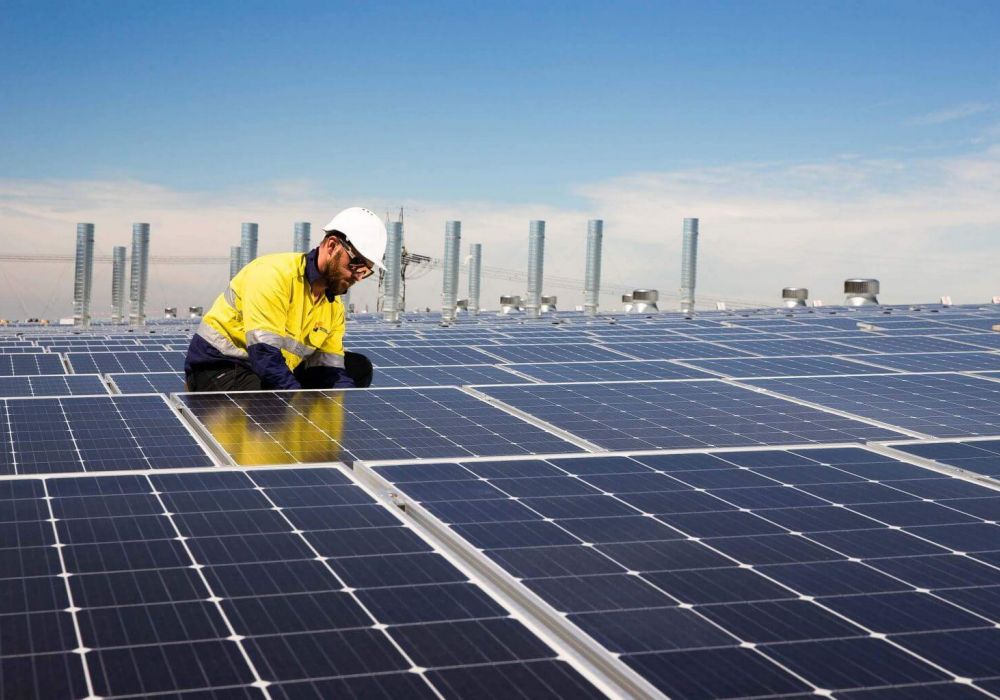Factors Affecting the Power Generation of Photovoltaic Power Plants
Factors Affecting the Power Generation of Photovoltaic Power Plants
1. Quality problems of bracket cables and other accessories: there are rusty parts such as expansion bolts or brackets in the power station, or the problem of not using photovoltaic special cables. For example: the nut is rusted, the bracket port is rusted, and so on.
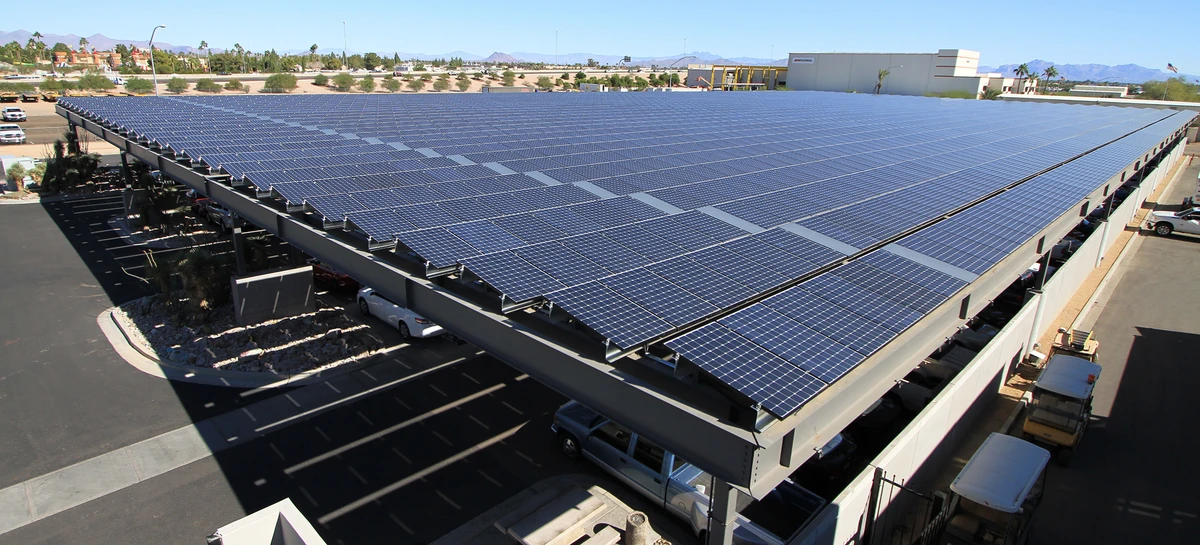
There is no doubt that the quality of bracket accessories is not good enough, which will definitely affect the overall stability of the power station! It is even possible that the bracket is loose due to the rust and falling off of parts, which will affect the inclination angle of the power station at least, resulting in a decrease in the power generation of the power station; at the worst, the whole bracket will fall off, be blown down by the wind or the power station will collapse, causing greater property safety losses ! For power stations that do not use dedicated photovoltaic cables, the exposed cables will be corroded by the sun and rain for a long time during the subsequent long-term operation, and exposed copper wires are prone to occur, causing electric leakage and electric shock accidents; and non-photovoltaic dedicated cables will also increase the power consumption Losses during transmission that result in reduced power generation.
2. Blocking problem: I have a fan friend who installed a 5kw photovoltaic power station and a solar water heater on the southwest side. Between 13:00 and 16:00 in the afternoon, the front row of photovoltaic arrays was blocked by the shadow of the water heater, covering a total of 7 photovoltaic modules , the actual power plant lost about 30% of the power generation; another friend installed a 20 kW photovoltaic power plant, the lower part of the rear module was blocked by the front module all day, and the measured power loss of the rear module was about 90%!
My two friends, what a pity! Then why is it that only blocking a small part has caused such a big loss? Because the cells in a photovoltaic module are all connected in series, and several modules of each DC module are also connected in series, so blocking a module, or even blocking one of the cells in a module, will greatly affect the power output of the entire string. big impact. Therefore, if you have a friend who has installed a photovoltaic power station at home, go and see if your power station is blocked! Whether it is external object occlusion or self occlusion, it is not allowed!
3. Power station counterweight problem: Insufficient counterweight will lead to the risk of the power station being overturned by strong winds. In order not to damage the roof structure, most of the current flat-top photovoltaic projects use cement block weighting. Under the same friction coefficient, the greater the pressure, the larger the contact area between the block and the roof, and the greater the friction. The larger the size, the stronger the wind resistance. If the counterweight is insufficient, the power station will be displaced when the wind is strong, eventually causing the power station to fall.
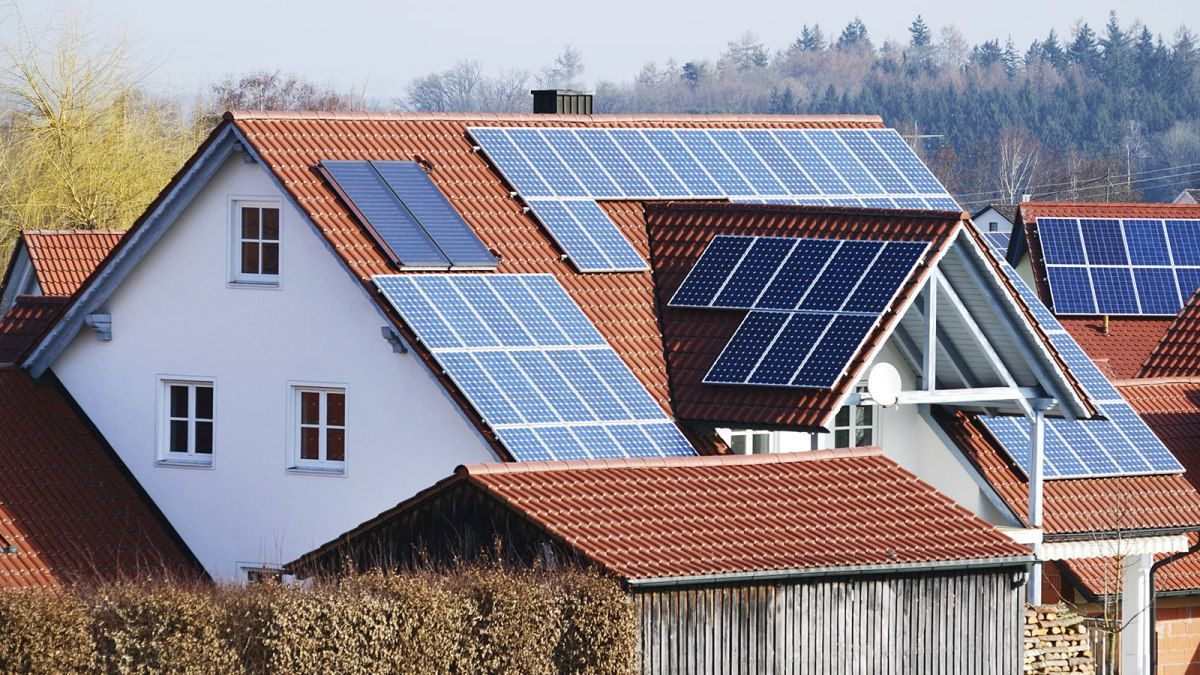
4. Inverter installation problem: I have mentioned this point before. Some friends installed inverters with too small safety distance and did not reserve enough space for heat dissipation. Why is it required to reserve cooling space? The best operating temperature of electrical equipment is 25°C. As the temperature rises, the loss of electric energy will increase, and the inverter itself will reduce the output power to protect the equipment, which will cause the overall power generation of the power station to decrease. If the heat dissipation of the inverter is not good and the temperature continues to rise, the internal circuit may be overheated and burnt, which may cause a serious fire.

